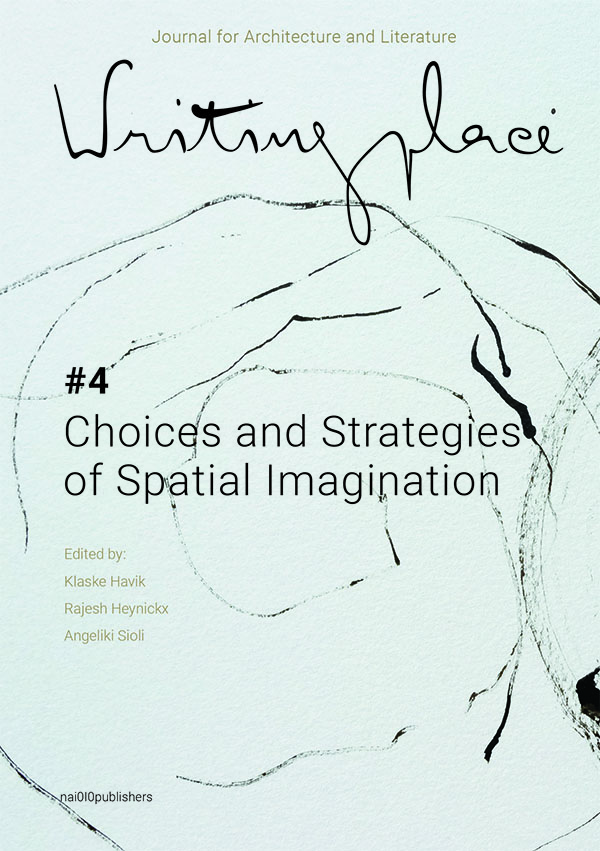Writing, Filming, Building
Using a Taxonomy of Moviegoers to Appraise Spatial Imagination in Architecture
DOI:
https://doi.org/10.7480/writingplace.4.5281Abstract
How do we envision possible futures for the built environment? What allows us to imagine spaces that do not yet exist? While superstitious approaches to these questions often explain spatial imagination as an ineffable or arcane process, this article advances a simple description of how built space can be understood, envisioned and ultimately produced. The analytical approach developed by the writer Andrés Caicedo to explain how professional film makers approach a movie, and the differences between their approach and that of the general public, are used to illustrate how architects can also confront built space professionally, with an operative intention. Both in the film arts and in architecture, it is argued here, the technical understanding of what exists, and how it has been produced, is indispensable to imagine what might or should be. By using methods obtained from literature and cinema to illustrate the relation between architecture’s telos, or its ability to advance visions of possible futures for the built environment, and its technique, or the instruments and methods required to achieve those visions, the article makes a strong case for the utility of interdisciplinary analyses for artistic practice.
References
Andrés Caicedo, ¡Que Viva la Música! (Bogotá: Colcultura, 1977).
Andrés Caicedo, Destinitos Fatales (Bogotá: Oveja Negra, 1984).
Andrés Caicedo, Ojo al Cine, edited by Luis Ospina and Sandro Romero Rey (Bogotá: Norma, 1999).
Andrés Caicedo, Teatro, edited by Sandro Romero Rey (Cali: Universidad del Valle, 2017).
Carlos Martí Arís, Las Variaciones de la Identidad: Ensayo sombre el tipo en arquitectura (Barcelona: Ediciones del Serbal, 1993).
Josep Quetglas. "Fear of Glass: Mies van der Rohe’s Pavilion in Barcelona, trans." John stone and rosa roig (Basel and Boston: Birkhäuser, 2001). Post MorteM: BuiLDiNG DestructioN 97.
Marx Wartofsky, ‘Telos and Technique: Models as Modes of Action’, in: Stanford Anderson (ed.), Planning for Diversity and Choice: Possible Futures and Their Relation to the Man Controlled Environment (Cambridge, MA: MIT Press, 1968), 259-274.
Nikolaus Pevsner, An Outline of European Architecture (Harmondsworth: Penguin, 1957), 23.




